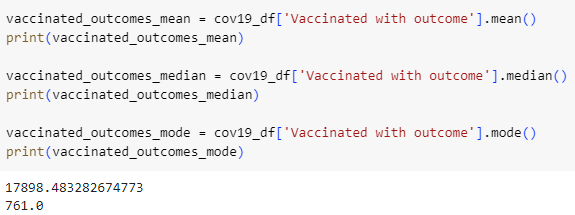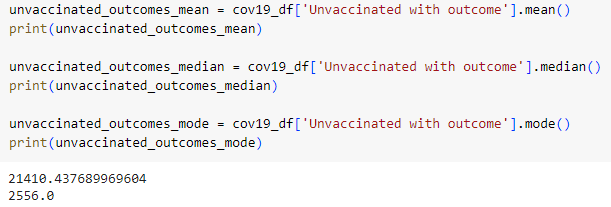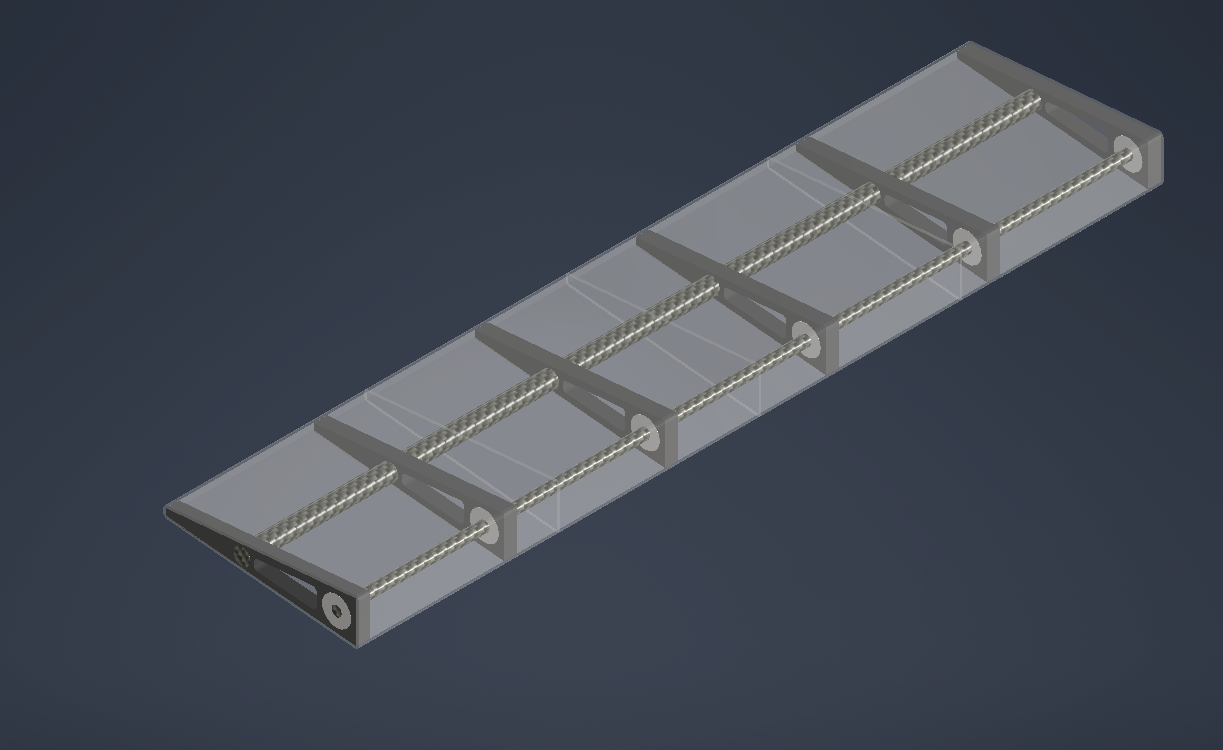About Me:
Thank you for visiting my portfolio! I am currently attending San Jose State University, pursuing a Bachelor’s in Aerospace Engineering, graduating in 2026. My portfolio displays significant projects and coursework completed throughout my college career.
My work is divided into completed projects, ongoing projects, and technical samples, showcasing my experience in engineering, programming, and problem-solving.
Feel free to explore, and reach out if you'd like to connect using the links in the top right corner.
NOTICE: I am currently in the process of restructuring; not all projects are uploaded just yet. Thank you for your patience.
Table of contents
Completed Projects:
-BioSat
-Tech Challenge 2023
-Automated Guided Vehicle
-Rates of COVID-19
Ongoing Projects:
-emSat
-Fire Surveillance Drone
-Emergency Medical Response Drone
Samples:
-CAD Samples
-AAIA Samples
-Technical Samples
-Writing Samples
Project Caduceus
Emergency Medical Response Drone
Project Caduceus is a blended-wing VTOL UAV designed for rapid emergency medical response. The project emphasizes efficient vertical/forward-flight transition, lightweight structural design, and system reliability for time-critical operations.
To the left is the preliminary design, the empennage mount, and the NACA 43112 200mm chord rib.
Launch Date: April 12th, 2026
San Jose, CA
emSat
emSat is a non-orbiting satellite built to capture high-altitude weather data for environmental analysis. The platform includes a mechanically actuated hold-down release mechanism that secures the payload during ascent and enables controlled deployment at a target altitude. The purpose of this “satellite” is to model a rocket-launched payload using a non-orbital HDRM deployment system.
Launch Date: March 2026
Farmington, CA
Project Hestia
Fire Surveillance Drone
BioSat
3U Cube satellite (30cm x 10cm x 10cm) designed using AutoDesk Inventor to grow mycelium in space. BioSat employs a hydroponic system to grow mycelium in a dark, warm environment.
This design is made from Aluminum 6061 to endure low temperatures, extreme stress, and pressure. The containment vessel will contain a substrate that the mycelium is planted in such as wood chips, plant bed pillows, or cardboard. Under the grid would be a sponge which will be able to sustain enough water that will allow the mycelium to grow sufficiently.
Tech Challenge 2023
The Tech Challenge is an annual program funded by Amazon for students grades 4-12. The Tech Challenge invites students to engage in engineering design processes to solve real world problems. My task as an advisor was to educate 5th grade students on engineering subjects to solve the 2023 task to create a storm resistant structure to protect 14 aluminum soda cans. I taught my students to keep a tidy online engineering notebook with scans of their sketches, meeting minutes, and photos of each prototype. The students were also taught elementary knowledge of aerodynamics, iteration, and adapting to field conditions.
Intro to Engineering Automated Guided Vehicle
Automated guided vehicle designed using SolidWorks with the intention of curbing vehicle fatalities. AGV uses an ultrasonic sensor to detect and avoid obstacles with an Arduino microcontroller attached to a breadboard. Drive and vision code were done in C++ and loaded onto an Arduino. Drive code: control 4 DC motors, pre-planned route, navigation around obstacles (shoeboxes and figurines). Vision code: read data from ultrasonic sensor, communicate to drive code if obstacle is within a certain distance. Route is done with moveForward, turnRight, and turnLeft methods to instruct the car how to drive.
Our data showed that unvaccinated people had a higher mean, median, and mode for cases and deaths than vaccinated individuals. The variance of our data reinforced this idea, vaccinated populations had a higher variance than unvaccinated populations which shows us that vaccination does change the spread of Covid-19 by slowing the spread. A high variance for vaccinated people shows us that cases are not as easily predicted and cases are dispersed more widely. Conversely, unvaccinated groups have dense dispersion and unvaccinated populations are more likely to contract Covid-19.
Python Data Analysis I Rates of Covid-19
AutoDesk Inventor Samples






















